Bog Boots & Oysters – An Autumn getaway to the Long Beach Peninsula

I’ve always wanted to see the cranberry harvest on the Washington Coast. So, when it looked like the weather gods would smile for a few days on the usually rainy Long Beach Peninsula in the far southwest corner of the state, we decided to drive four hours from our home. In no hurry, we took secondary roads, more scenic than the freeway. They wind through logging country where we dodged the loaded trucks whipping down the road toward mills to add to the piles of logs (called cold decks around here) waiting to be turned into lumber.
We made a quick lunch stop in Raymond (City motto: Everybody Loves Raymond) on the Willapa River. The logging and fishing town follows the economics of the timber and fishing industries with its many fluctuations related to the economy and environmentalism. Its population has actually declined over the last few years. To bring in tourists the city has erected delightful steel cutouts of local people and animals – loggers and elk line the road. The hamburger stop was typical of tiny towns scattered throughout the West: a juke box, stage for weekend music, and pinned dollar bills on the walls between the beer posters. And good hearty food.
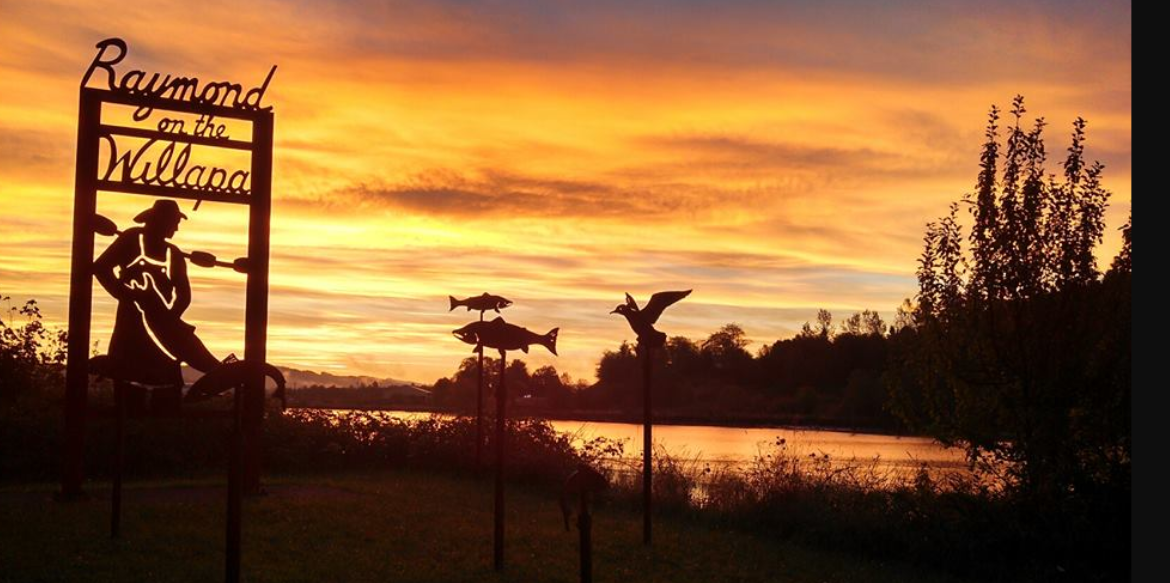
The sheltered waters of Willapa Bay came into view west of the city. We followed the coastal road (Highway 101) along the water’s edge with Angus cattle grazing in fields, seabirds resting on the tranquil water, and poles marking oyster beds.
Late afternoon, we turned right to access the Peninsula, supposedly the longest beach in the US at 28 miles. The area has been a beacon for visitors coming to enjoy summer fun and other activities like clamming for well over a hundred years. It was so popular that a narrow-gauge rail line took a Pullman coach up and down the peninsula from 1889 – 1930.

Our lodging destination was the Shelburne Hotel in Sea Vue. Built in 1896. It’s been a fixture ever since. To say the least, it’s quirky. You need to be nimble to get in the showers because you must step into the deep bathtubs, and with the exception of one window in each of the two units we stayed in, they are painted shut. The working window has to be propped up with a block of wood. On the other hand, the food in the hotel’s pub was absolutely fabulous. The lobby is cozy and was decorated for Halloween and I enjoyed my morning coffee in front of the fireplace while chatting with a young Irish woman who on a year-long internship in hotel management. She told me she loved the experience.
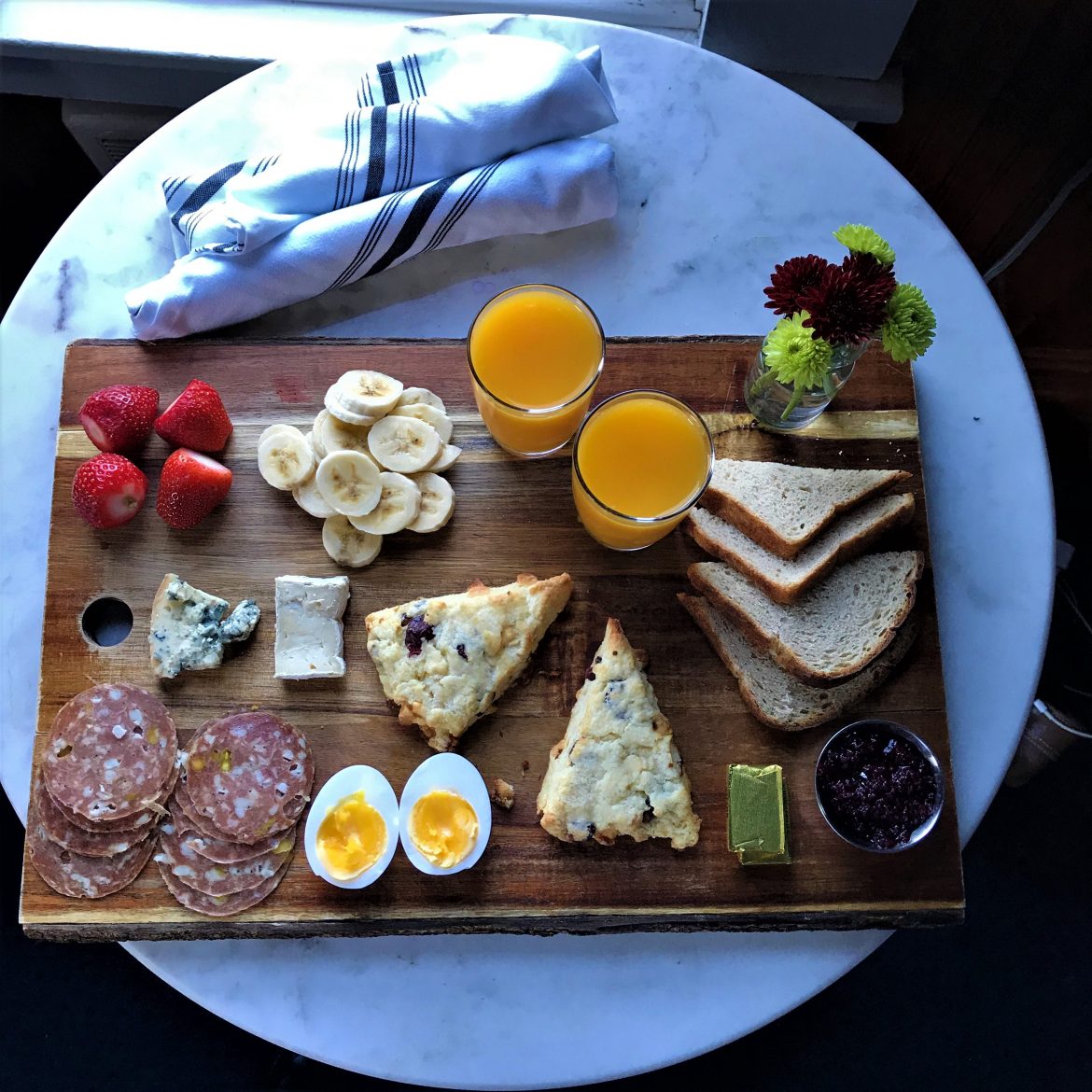
After stuffing ourselves with their marvel of a breakfast (served on a large board), we headed out to enjoy the sun and see the sights. First stop was the cranberry harvest. Most cranberries are grown in Wisconsin and Massachusetts but the first vines were planted here in peaty soil in 1872. To harvest the field is flooded and a machine that looks like a vacuum cleaner shakes them loose and scoops them up. But there are several bogs on the peninsula as well as an agricultural experiment station.
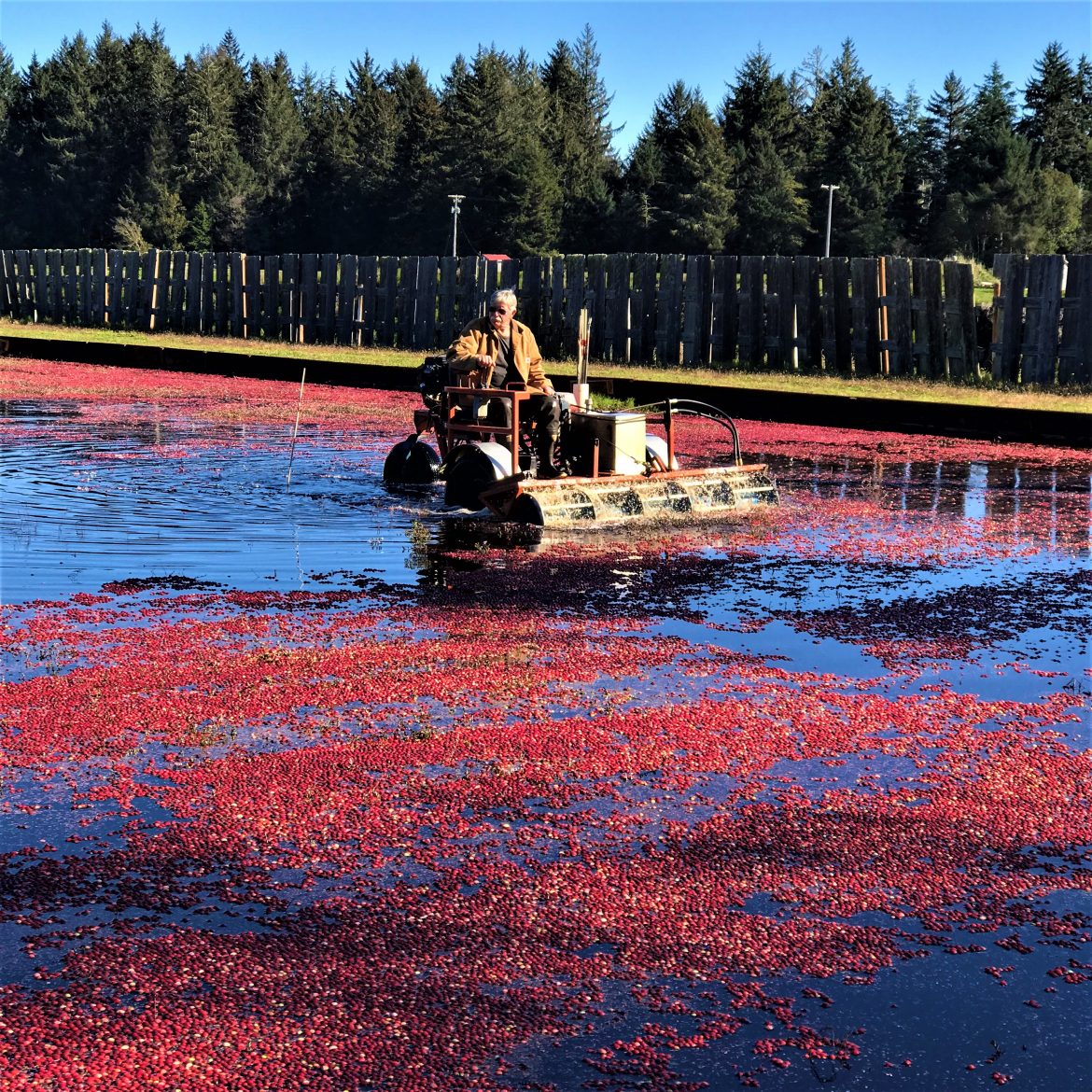
We watched the harvest – a colorful sight with red berries and blue sky. Of course there was a gift shop with jam, jelly, sauce and all the other products one associates with the berry like flavored snacks, cookbooks, and sweatshirts. A small museum gave the history of the industry. It must have been back breaking with workers in their bog boots bending to harvest the berries before water harvesting and industrialization took over.

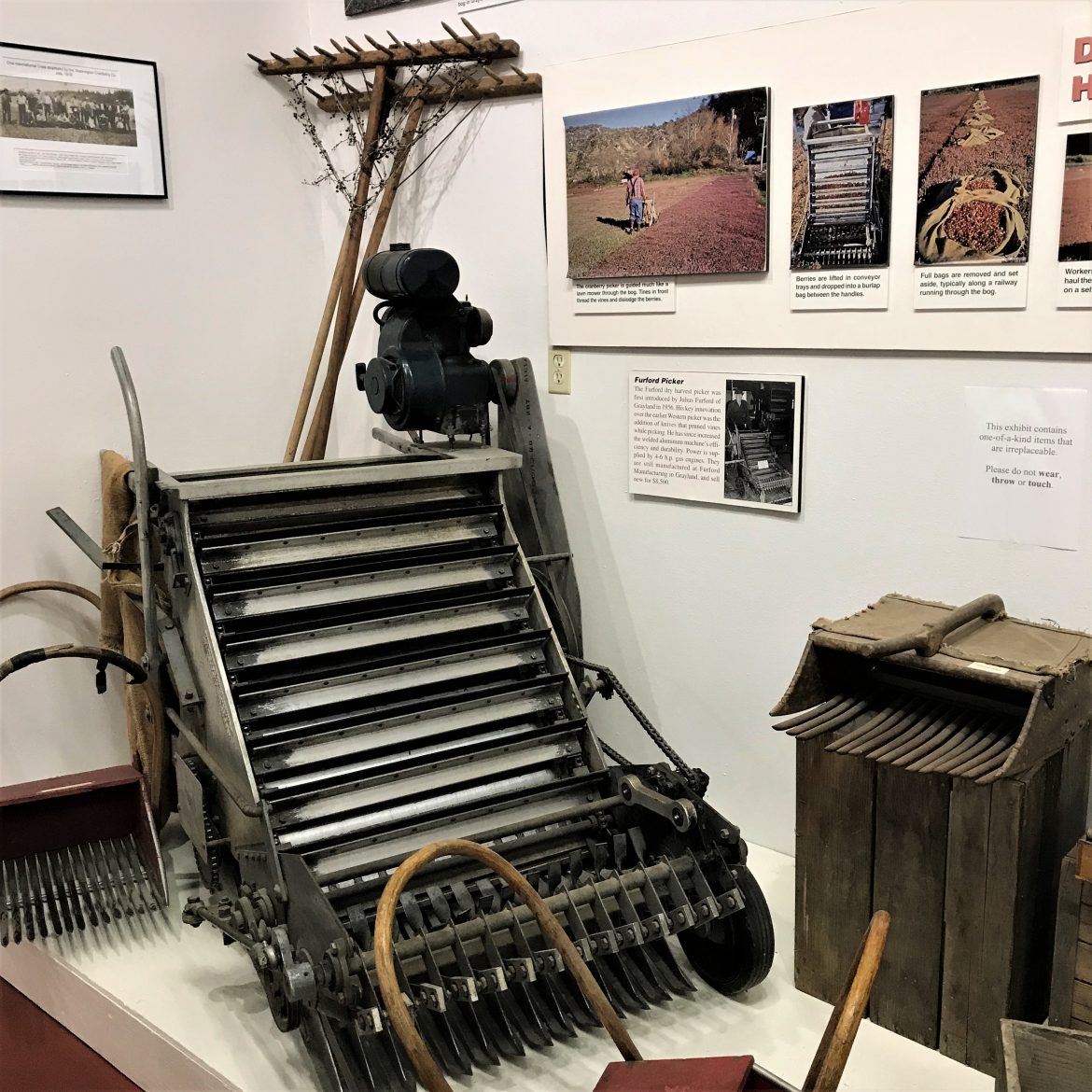
Another day we drove up the peninsula to Nahcotta where piles of pearl gray and white shells, some so tall they looked as if they were the pyramids from a distance. Further on is the historic town of Oysterville, where the lovely homes were decorated for fall as if they were in a design magazine.

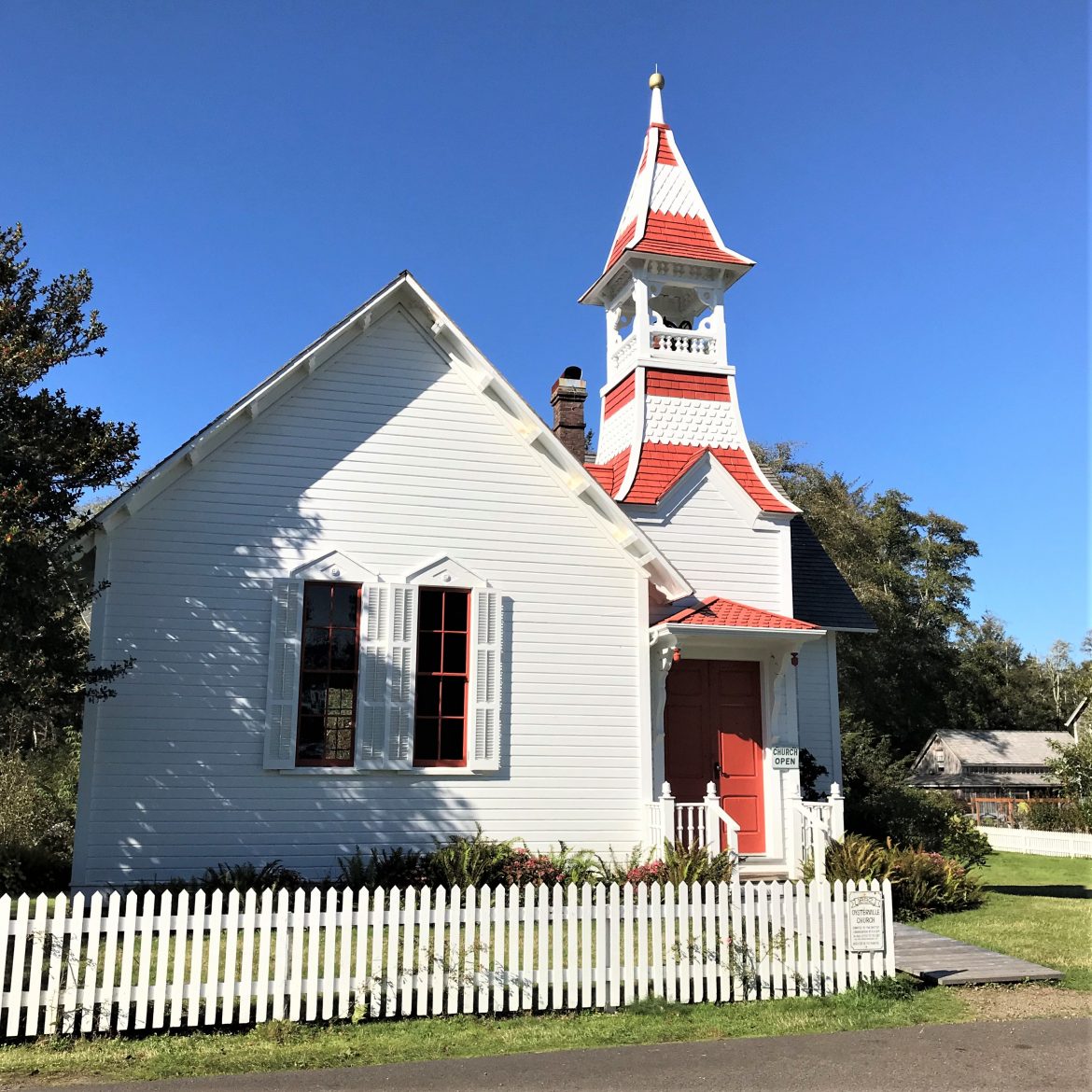
The tip of the peninsula is reserved for one of the three sections of the Willapa National Wildlife Refuge established in 1937 by Roosevelt to protect migrating and wintering populations of brant, other waterfowl, and shorebirds. It also serves as home for Roosevelt Elk as well as bear and river otters., The mud flats teem with shellfish; Great blue herons keep watch, waiting for a meal of fish or frog.

After a walk on the trails it was time to head back to the hotel, hoping for oysters whether grilled, raw, baked, in chowder, or fried.
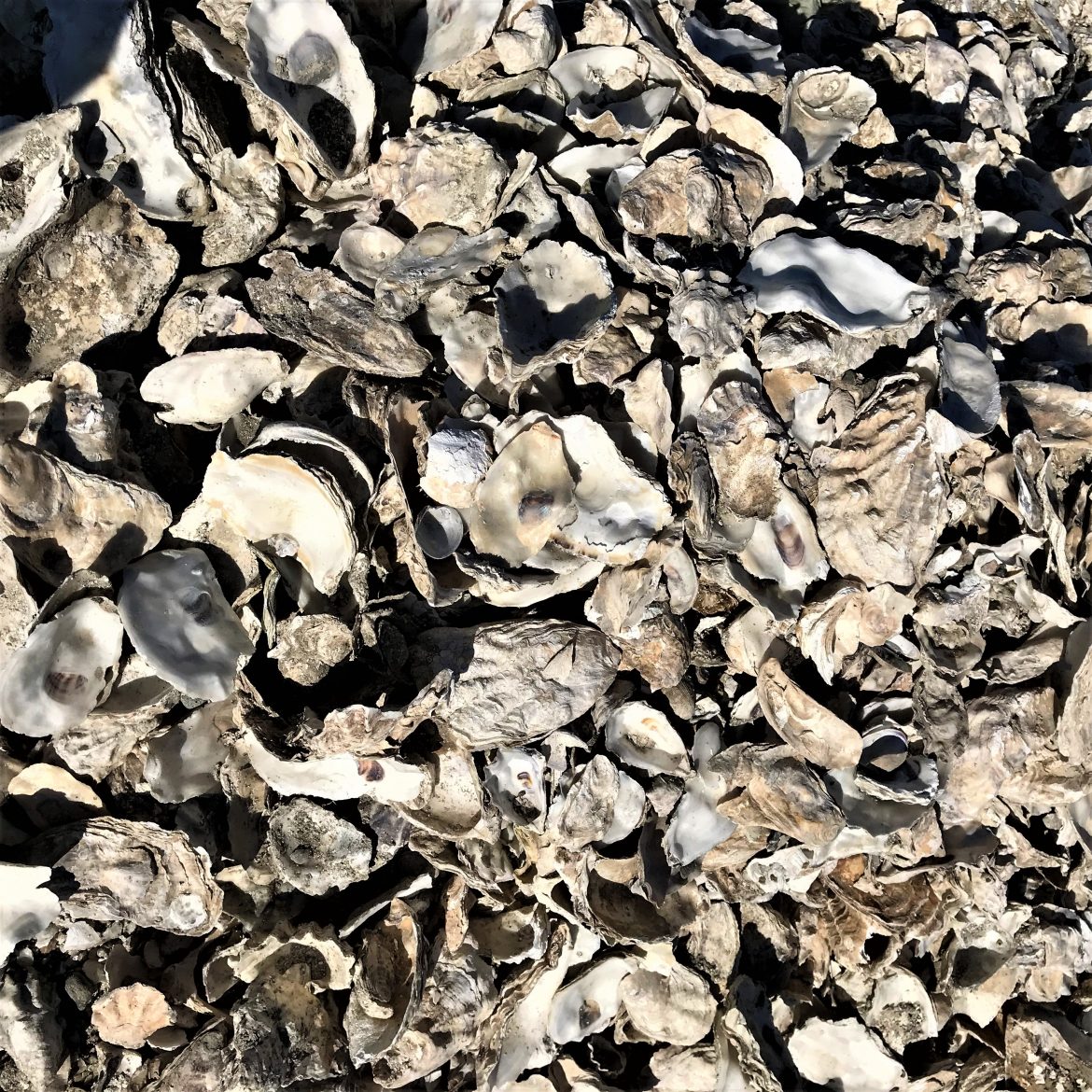
All photos copyright Judith Works except photo of Raymond sign courtesy City of Raymond.


Kathryn
Looking forward to being able to visit!
Behind the Story
That was a wonderful trip, Judith. Your timing was perfect for the weather and the cranberries. I haven’t had fried oysters for quite a while. It’s one of my favorite dishes.
Beautiful colors you captured in your photos.